There can be your advertisement
300x150
Brezhnevka vs. Khrushchevka: which layout is more convenient for living
Comparing two eras of Soviet housing construction without rose-tinted glasses
On the secondary housing market, two-thirds of listings are apartments from the Soviet era. Khrushchevkas and Brezhnevkas make up the core of Russia's residential stock, but which one should you choose? Real estate agents talk about "area and location," but forget the most important thing — convenience for daily life. Can modern appliances fit in a Khrushchevka? Why is it always cold in Brezhnevkas? And is it really true that the "killed" Khrushchevka is better than a "good" Brezhnevka? Let's compare two eras of Soviet construction without rose-tinted glasses.
Historical context: why they are so different
Khrushchevkas were built between 1957 and 1985 with one goal — to quickly settle communal apartments and barracks. Nikita Khrushchev set the task of providing every family with a separate apartment by 1980. Architects were given strict constraints: minimum cost, maximum number of apartments, speed above all.
Brezhnevkas appeared between 1964 and 1982 as an attempt to correct the mistakes of Khrushchev-era construction. New standards allowed for increased areas and improved layouts. But saving money was still necessary — the country built a million apartments per year.
These historical conditions explain all features of layouts. Khrushchevka is a compromise between communal housing and normal living space. Brezhnevka is an attempt to make housing more comfortable without drastically increasing construction costs.
Areas: every square meter counts
Area is the first thing that catches the eye when comparing. Khrushchev single-room apartments start at 28 square meters, Brezhnevkas at 33. In two-room apartments the difference is even greater: 42-46 square meters versus 52-54.
But the issue isn't only about total area. Khrushchevkas suffer from a lack of storage space. A closet the size of a phone booth, built-in wardrobe only 40 centimeters deep — and that's it. Brezhnevkas introduced proper wardrobes and attic spaces.
Kitchens in Khrushchevkas are a separate problem. 5-6 square meters where it's hard to fit even a refrigerator and stove. In Brezhnevkas kitchens grew to 7-9 square meters — enough space for a dishwasher and even a small sofa.
Ceiling height also matters. Khrushchevkas had a standard of 2.5 meters, Brezhnevkas — 2.7 meters. It may seem like a small difference, but these extra 20 centimeters are noticeable, especially in small rooms.
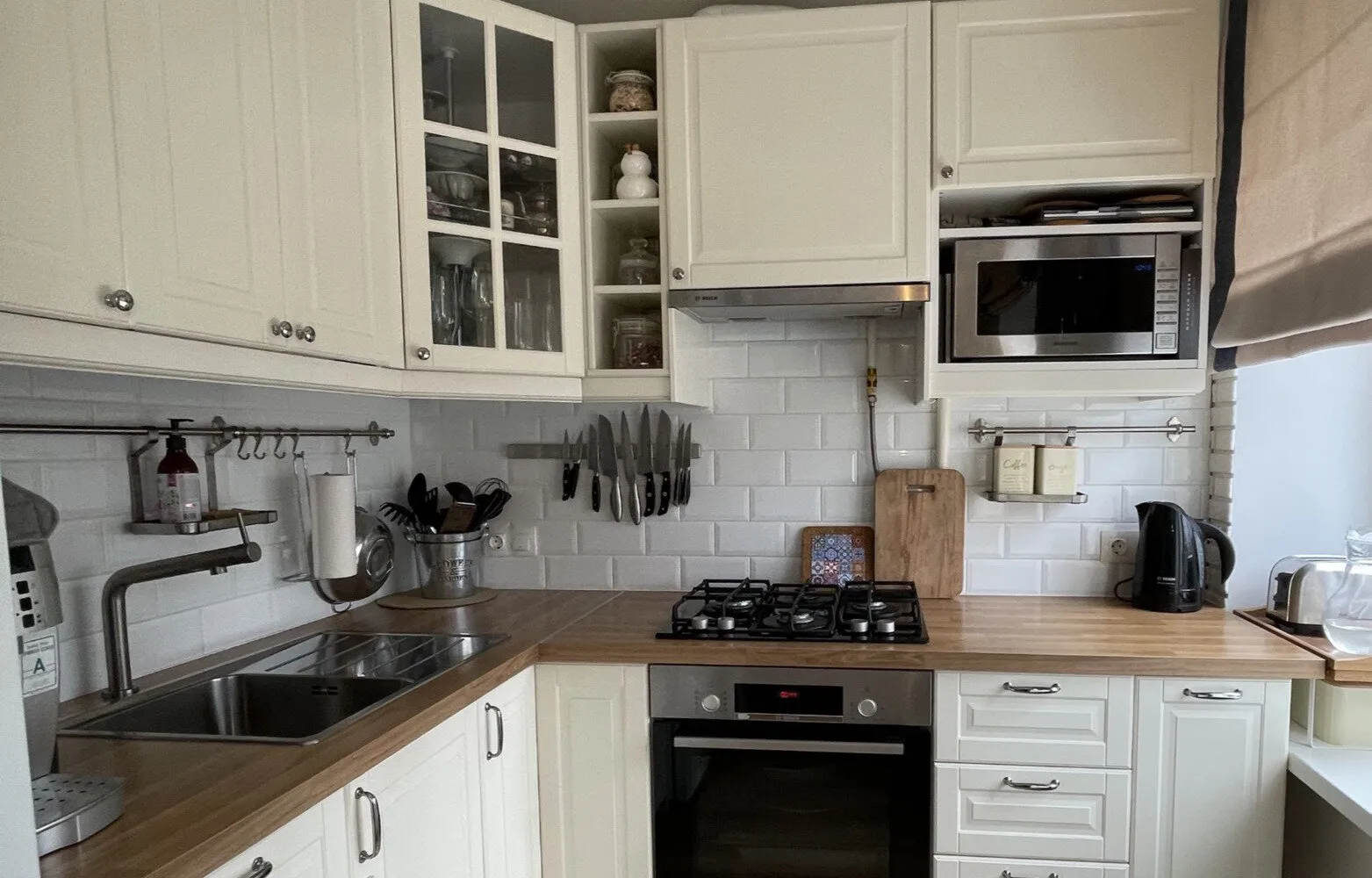
Design: Ekaterina Leonova Layout solutions: functionality vs. economy
Khrushchevka layouts were dictated by strict economy. Passageway rooms, combined bathrooms, corridors the width of shoulders — all for saving every square centimeter.
The most painful feature of Khrushchevkas is passageway rooms. In a two-room apartment, one room inevitably becomes a passage, creating problems for families with children. Privacy in such an apartment is luxury.
Brezhnevkas brought a revolution to layouts. Isolated rooms, separate bathrooms became the norm, corridors were widened. In some series even balconies and loggias were provided in each room.
But Brezhnevkas also had quirks. Long corridors "devour" usable space, and in some series the bathroom was so narrow that a washing machine could only be placed above the toilet.
Technical equipment: what's possible and what isn't
Electrical wiring in Khrushchevkas was designed for 3-5 kilowatts — enough for a TV, refrigerator and iron. Modern appliances can't handle this system. Air conditioner, dishwasher, electric stove at the same time — and circuit breakers will trip.
Brezhnevkas had higher electrical capacity — 7-10 kilowatts. You can install an electric stove, connect an air conditioner without worrying about each watt. However, for full modern appliances, wiring replacement might still be needed.
Plumbing in Khrushchevkas is a separate issue. Cast iron pipes with 50mm diameter clog within 10-15 years. Water pressure is weak, especially on upper floors. Brezhnevkas had thicker pipes and a better-planned system.
Heating in Khrushchevkas is simple but effective. Single-pipe system with cast iron radiators heats well, but temperature regulation isn't possible. Brezhnevkas often used a two-pipe system with individual control.
Soundproofing: when neighbors are too close
Soundproofing in Khrushchevkas is a painful topic. Walls between apartments that are 18 centimeters thick let through all sounds. You can hear neighbors talking, watching TV or going to the bathroom. Interior partitions are even thinner — 8-10 centimeters.
Brezhnevkas were better in this regard, but not dramatically. Walls are thicker — 20-25 centimeters, though still below modern standards. However, layouts started to be designed so that bedrooms didn't border kitchens or neighbors' bathrooms.
A special issue with panel buildings is sound transmission through floor slabs. In Khrushchevkas, this is critical: footsteps from above sound like drum rolls. Brezhnevkas, especially brick ones, are more comfortable in this regard.
Renovation possibilities: where there's more freedom
Khrushchevkas offer more opportunities for major renovations. Most internal walls are non-load-bearing, so they can be demolished without restrictions. Popular changes include combining the kitchen with a room or expanding bathrooms at the expense of corridors.
The main issue with Khrushchevkas is a gas stove in the kitchen. You can't combine such a kitchen with a room due to fire safety regulations. The stove must be relocated or replaced with an electric one.
Brezhnevkas are more conservative when it comes to renovations. More load-bearing walls, limited options. However, the original layouts are more thought out and don't require major changes.
The most promising for renovation are late Khrushchevkas from series 1-515 and 1-511. They allow creating modern layouts that don't lag behind new construction.
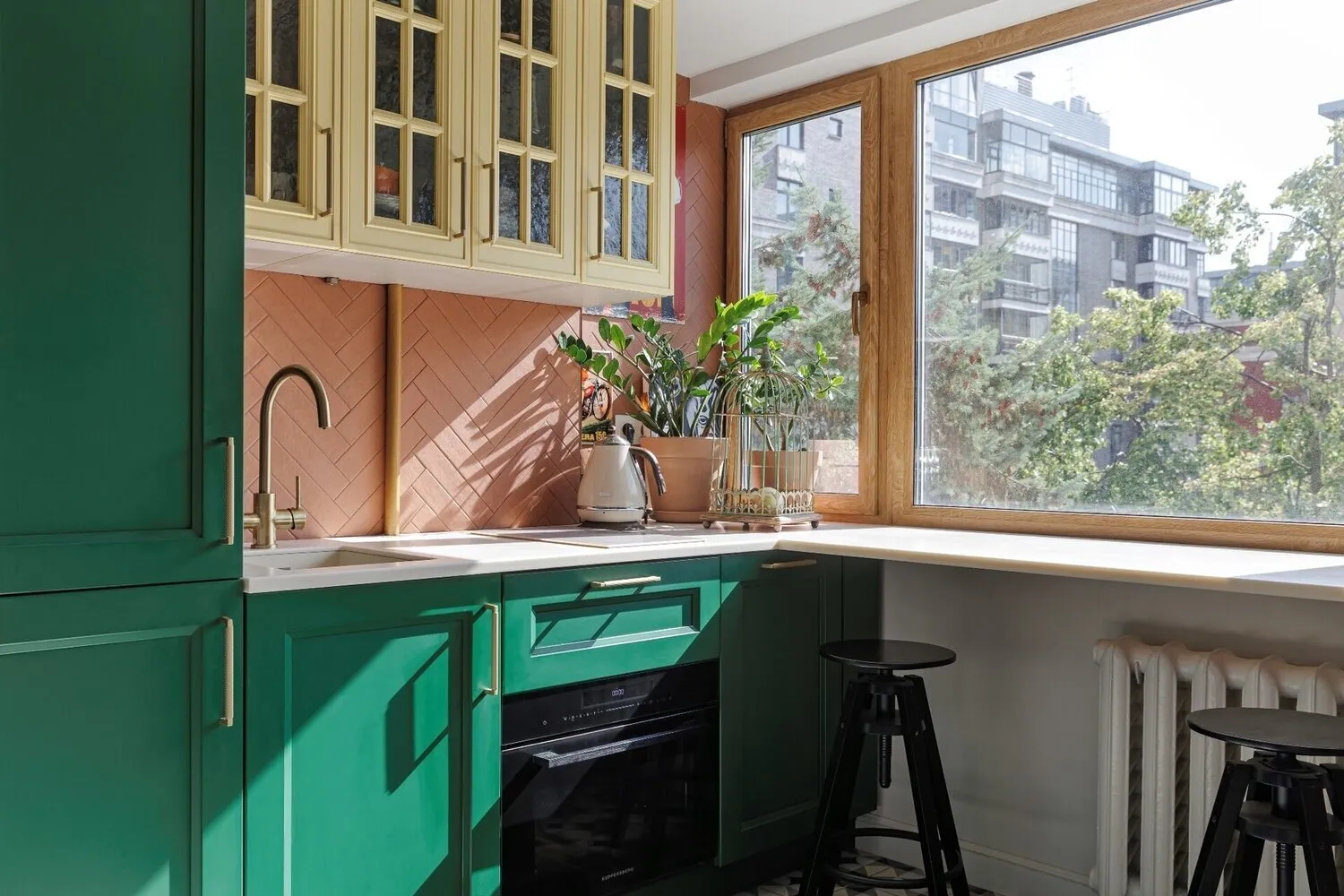
Design: Carmine Home
Infrastructure and location: legacy of eras
Khrushchevkas were built during the active development of cities. Areas of Khrushchev-era construction are often located close to city centers and have developed infrastructure. Schools, clinics, shops — all within walking distance.
Brezhnevkas are more often found on the outskirts — there was more free land for large-scale construction. However, neighborhoods were planned comprehensively: kindergartens, schools and shopping centers were built simultaneously with housing.
Transport accessibility is usually better for Khrushchevkas. Many 60s-era districts are within a 10-15 minute walk from metro stations. Brezhnevka areas of the 70s–80s often require a bus ride.
Yards in Khrushchevka neighborhoods are smaller and cozier. Brezhnevka neighborhoods have huge yards, but often breezy and unwelcoming.
Economic aspects: what's more advantageous
On the secondary market, Khrushchevkas are 10-20% cheaper than Brezhnevkas with the same area and location. However, this saving is deceptive — renovation and remodeling costs can be significant.
Utility bills in Khrushchevkas are usually lower — apartments are more compact, and heating is more efficient. Brezhnevkas have larger areas and high ceilings, increasing heating costs.
Liquidity is higher for Khrushchevkas — they sell and rent faster. Brezhnevkas require a longer search for buyers, but prices remain more stable.
Renovation in Khrushchevkas may be more expensive due to the need for full utility replacement and possible reconfiguration. In Brezhnevkas, a cosmetic update is often sufficient.
Renovation prospects: what awaits the old stock
The Moscow renovation program primarily targeted Khrushchevkas — they are more outdated in both physical and mental terms. This can be an opportunity to get a new apartment or a source of long-term problems.
Brezhnevkas are less often included in the renovation program. It's believed their lifespan hasn't been exhausted, and homes can stand another 20-30 years without major repairs.
In regions, the situation is different. There, both Khrushchevkas and Brezhnevkas will serve for a long time — there's no money for large-scale renovation.
Verdict: the choice depends on priorities
- Khrushchevka is suitable for those who are ready to renovate and value proximity to the city center. It's a constructor apartment that can be turned into modern living space. Main advantages: price, location, renovation possibilities.
- Brezhnevka is the choice for conservatives who want a ready solution. More space, better layouts, fewer renovation issues. Disadvantages: higher price, often outskirts location.
For a young family without children, a Khrushchevka in a good district will do. For a family with kids, Brezhnevka with isolated rooms is better. Pensioners are more comfortable in Khrushchevkas — less area to clean, lower utility bills.
The main rule: buy not the layout but a specific apartment. A good Khrushchevka after quality renovation is better than a run-down Brezhnevka in a depressed area.
Cover: design project by Ekaterina Leonova
More articles:
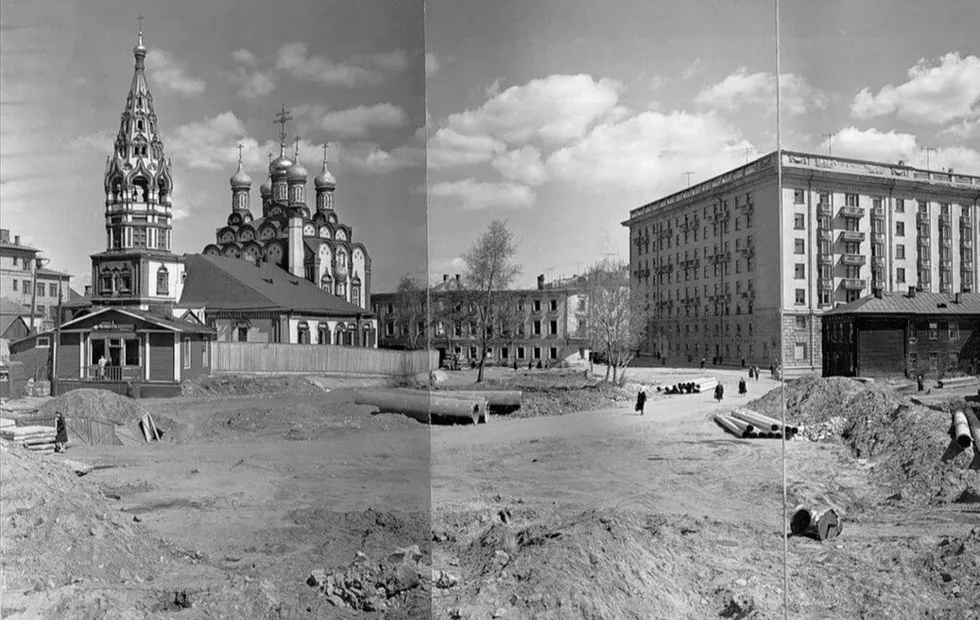 Hamovniki: How a Noble District Became the Most Expensive Area in the Capital
Hamovniki: How a Noble District Became the Most Expensive Area in the Capital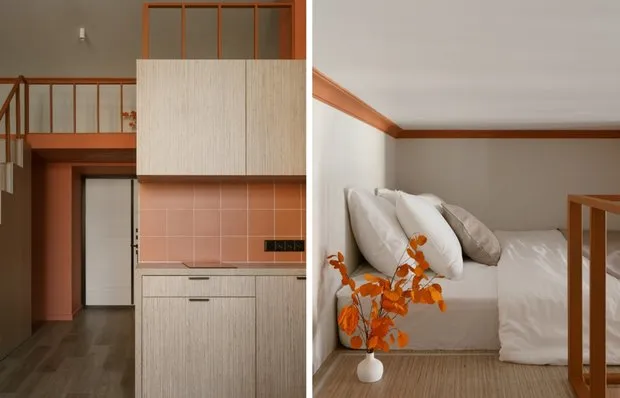 9 Cool Functional Solutions for Small Apartments
9 Cool Functional Solutions for Small Apartments Before and After: How They Updated the Dull Bathroom in a 2-Room Khrushchyovka
Before and After: How They Updated the Dull Bathroom in a 2-Room Khrushchyovka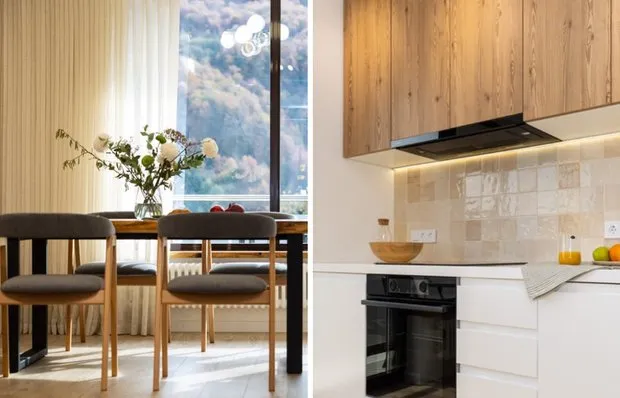 How We Designed the Kitchen Where Nature Became the Center of the Interior
How We Designed the Kitchen Where Nature Became the Center of the Interior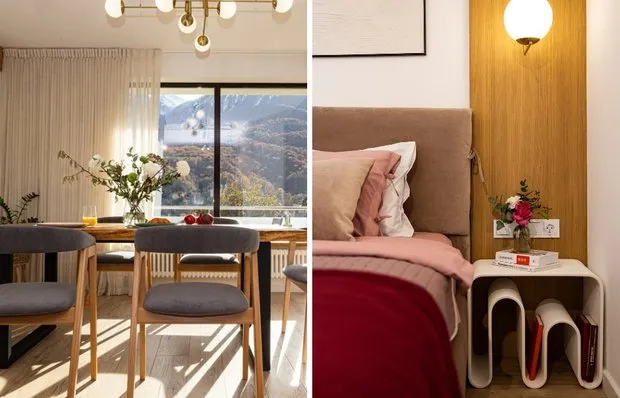 7 Ideas We Borrowed from an Incredible Mountain View Apartment
7 Ideas We Borrowed from an Incredible Mountain View Apartment Beauty Secrets of Uma Thurman: How to Look Great at 54
Beauty Secrets of Uma Thurman: How to Look Great at 54 How to Tell if Your Designer Is Cheating You
How to Tell if Your Designer Is Cheating You Preparing Your Apartment for Winter in One Day: Simple Checklist
Preparing Your Apartment for Winter in One Day: Simple Checklist